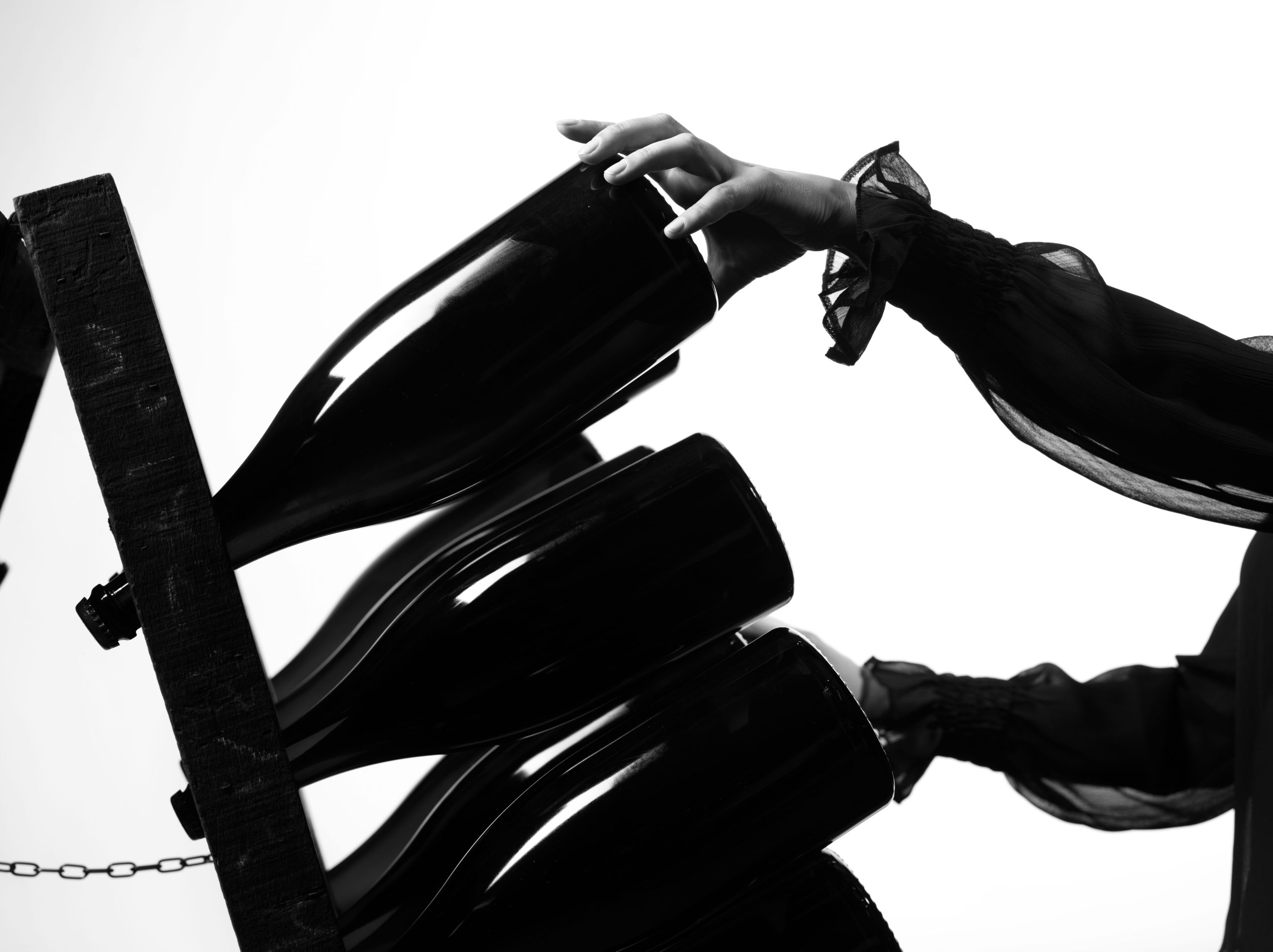Is a bumper 2018 harvest good for Champagne?
Charles Philipponnat, CEO, Champagne Philipponnat
“This welcome derogation was only useful for those whose individual reserve had been depleted because of disastrous frosts, mainly in the Aube, or because of other adverse weather conditions like hail and mildew to a lesser extent. Most growers had much less potential yield up to the maximum reserve level (8,000kg). In the Philipponnat vineyard, the maximum yield we could add to our reserve was less than 1,000kg, and we did fill it up. Considering the high quality of this year’s harvest and the fact that it was also quite generous, meaning that there was no risk of not sorting the unhealthy or unripe grapes, nor of over-pressing, it was a very wise decision indeed.”
Hugo Drappier, vineyard manager, Champagne Drappier
“Why not? In Champagne high quality is not linked to low quantity. It is sometimes exactly the opposite, which is what happened in 2018. After a few years of very small crops thanks to hailstorms and frosts, the réserve individuelle has been significantly reduced – to zero for some growers. The Drappier reserve was comfortable in volume but it could be improved in quality. The large 2018 harvest will help us to replace some lean wines and refresh the reserve with expressive and elegant base wines. The early ripening was ideal to bring this large volume of grapes to perfect maturity. Having more wine in the cellar means better choices for the blends. Also, having a lot of great wines in stock means that we can take more risks in farming sustainably.”
Elisabeth Sarcelet, chef de cave, Champagne Castelnau
“The size of the harvest is an asset for Champagne, and the 2018 grapes are of exceptional quality. The 2018 Champagne harvest is unique in that the quantity and quality are remarkable in the vineyards, and both the health and maturity of the grapes are excellent. We’re thrilled that this is the harvest that we get to inaugurate our new 24,500-hectare vat with a must of such stunning quality. So far the tastings have revealed that the musts are powerful, rich, fruity and full-bodied, and despite low acidity they all have great freshness. These elements combined will allow us to make some great wines, as well as provide us with good stock levels of superb reserve wines for future cuvées.”
Benjamin Fourmon, deputy general manager, Joseph Perrier
Partner Content
“The large harvest in 2018 is certainly advantageous for Champagne. Last year reminded us of how marginal we are in Champagne. The consequences of that have been well documented and at Joseph Perrier we bottled only about half of our normal quantity of brut non-vintage to maintain our quality and style. At this stage it is difficult to imagine how we could have had a better harvest this year in terms of quality and quantity. The health of the grapes was perfect; we might have wished for another gram or so of acidity, but we are very happy, and greatly relieved. Following a small harvest, it’s a blessing to have a large harvest that can replenish our reserves.”
Diogo Veiga, brand manager, Champagne Brimoncourt
“A large 2018 harvest is great news for the Champagne appellation. Following two years of poor harvests, 2018 offered exceptional weather conditions over the spring and summer. Picking in Champagne started before the Languedoc – something we’ve never seen before. The juice from the pressings shows beautiful acidity and an alcoholic potential of 11 degrees – an excellent balance for making good vintage Champagne. This year’s large harvest will allow producers to replenish their stocks of reserve wines, depleted from previous years’ poor weather conditions. It should also become an excellent vintage cuvée, joining the likes of 2000, 2002 and 2004, which is good news for Champagne, because the region is experiencing an important sales trend shift, with the top end of the market performing strongly.”
Laurent Panigai, deputy managing director, Nicolas Feuillatte
“This decision by the INAO can only be well received – the early 2018 harvest has ticked all the boxes in terms of volume, good technical properties and exceptional quality, so we are happy about having the chance to strengthen our qualitative stock. It gives respite to the profession and the opportunity to rejuvenate some wines. However, we are not naively optimistic – we know that when the going gets tough, the tough get going. Reserve wines allow growers to maintain the authenticity and typicity of the Champagne terroir, which is crucial at a time of climatic changes and sustainable environmental practices.”




